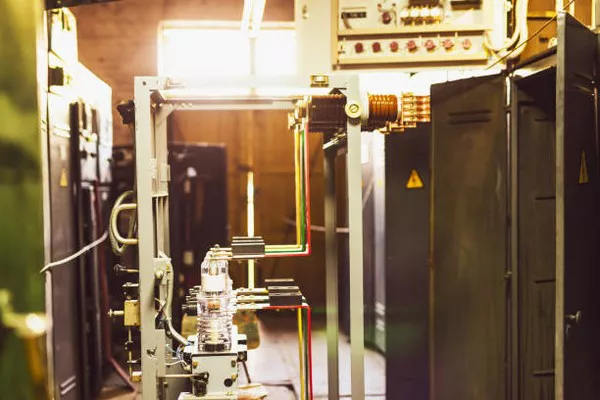In the realm of electrical engineering, alternating current (AC) generators play a pivotal role in generating the electricity that powers our modern world. These devices are fundamental to the functioning of power plants, providing a reliable source of electricity for homes, industries, and various applications. To comprehend the intricacies of AC generators, it is essential to delve into the underlying principles and mechanisms that govern their operation.
Basic Principles of AC Generation
At the heart of an AC generator lies the principle of electromagnetic induction, discovered by Michael Faraday in the early 19th century. This phenomenon states that a changing magnetic field induces an electromotive force (EMF) in a conductor. AC generators exploit this principle to convert mechanical energy into electrical energy.
Key Components of an AC Generator
Rotor (Armature): The rotor, or armature, is a crucial component of an AC generator. It consists of a coil of wire that is rotated within a magnetic field. The rotation can be achieved through various means, such as mechanical turbines, engines, or even hand cranks, depending on the application.
Stator: The stator is a stationary component that surrounds the rotor. It typically consists of a series of coils or windings arranged in a circular fashion. The stator generates a magnetic field when an electric current passes through its coils.
Magnetic Field: The magnetic field is established either through permanent magnets or electromagnets mounted on the stator. As the rotor rotates within this magnetic field, the changing magnetic flux induces an EMF in the coil of the rotor.
Slip Rings and Brushes: In order to transfer the generated electrical energy from the rotating coil (rotor) to an external circuit, slip rings and brushes are employed. These components maintain electrical contact between the stationary and rotating parts, allowing for a continuous flow of current.
Working Mechanism of an AC Generator
Initialization: The process begins with the initiation of mechanical energy. This can be achieved by turning a turbine, cranking a handle, or utilizing any other method to set the rotor in motion.
Magnetic Field Interaction: As the rotor spins within the magnetic field created by the stator, the magnetic flux passing through the rotor coil changes continuously. According to Faraday’s law of electromagnetic induction, this changing flux induces an EMF in the coil.
AC Voltage Generation: The induced EMF causes a flow of current within the rotor coil. Since the coil is rotating, the direction of this current changes periodically, resulting in the generation of an alternating current (AC). The frequency of the AC is determined by the speed of rotation and the number of coils on the rotor.
Transfer of Electrical Energy: To harness the generated AC, slip rings and brushes facilitate the transfer of electrical energy from the rotating rotor to an external circuit. This circuit can then be connected to power distribution networks, transformers, or other devices to meet various power requirements.
Applications of AC Generators
AC generators find application in a myriad of scenarios, ranging from large-scale power plants to portable generators. Here are some key applications:
Power Plants: AC generators are the backbone of power plants that generate electricity on a massive scale. Whether fueled by coal, natural gas, or renewable sources like wind or hydropower, these generators convert mechanical energy into electrical energy for distribution across the grid.
Renewable Energy Sources: Wind turbines and hydroelectric plants extensively use AC generators to convert the kinetic energy of wind or flowing water into electricity. The versatility of AC generators makes them well-suited for diverse renewable energy applications.
Backup Power Systems: Portable generators, commonly used for backup power during outages or in remote locations, also rely on AC generators. These compact generators are often powered by internal combustion engines and provide a convenient source of AC power.
Industrial Machinery: Many industrial machines and processes require the use of AC power. AC generators drive motors and power equipment in factories, manufacturing plants, and other industrial settings.
See Also: Can a Generator Run Safely in Wet Conditions?
Conclusion
In summary, the functioning of AC generators is rooted in the principles of electromagnetic induction, transforming mechanical energy into electrical energy. The synergy of rotor, stator, magnetic fields, and the transfer mechanism through slip rings and brushes makes AC generators a cornerstone of our electrified world. As technology advances, these generators continue to evolve, contributing to the sustainability and efficiency of our power generation systems. Understanding the intricate workings of AC generators is not just a matter of academic curiosity but a key tounlocking the potential of electrical energy for the benefit of society.

